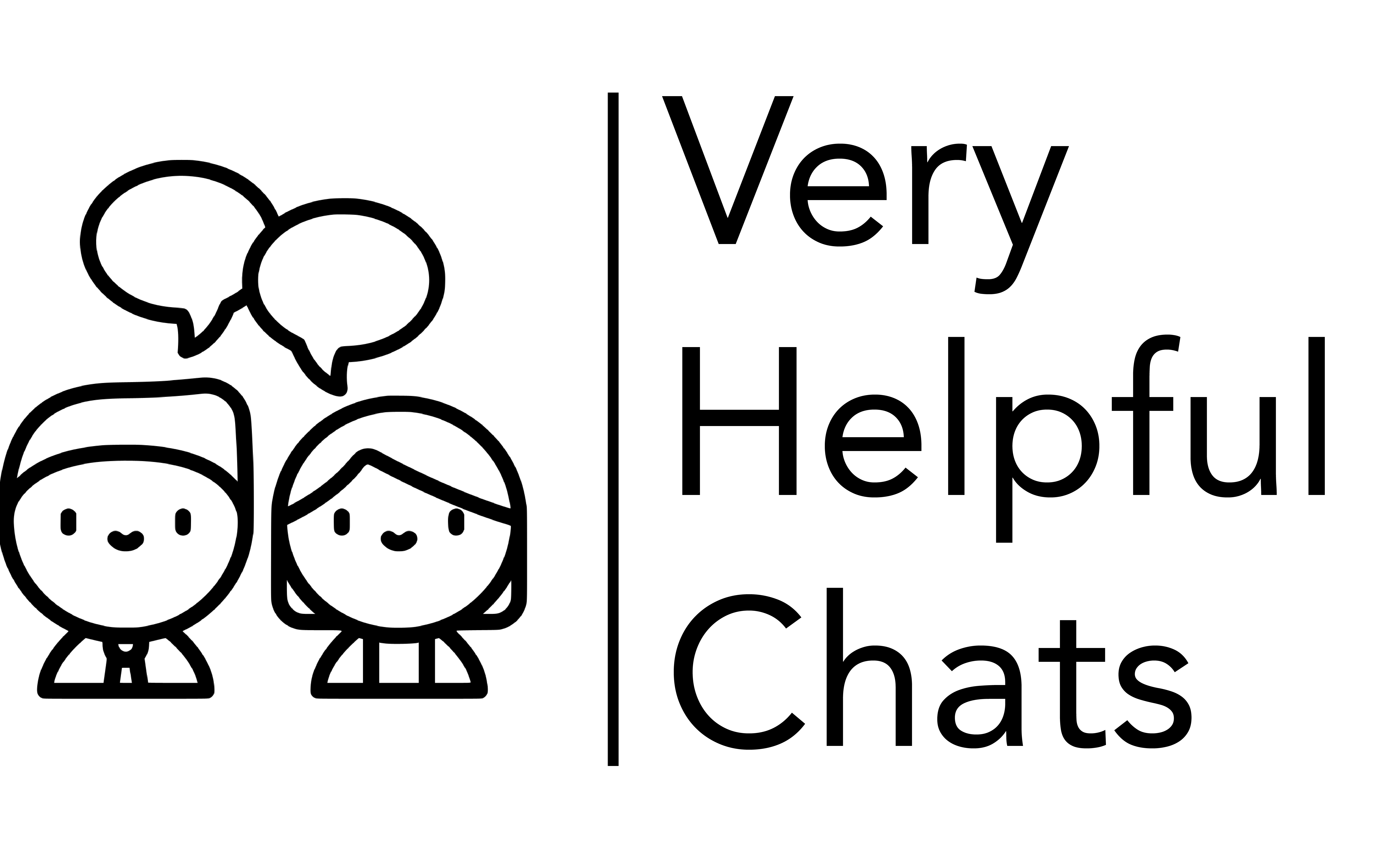What Is AAC and Why It Matters: Supporting Communication for All
- VHC team

- 7 days ago
- 3 min read

October is AAC Awareness Month, a time to celebrate all the amazing, creative, and diverse ways people communicate. AAC (Augmentative and Alternative Communication) provides another form of communication for someone who might have verbal communication difficulties or prefers another form of communication. In other words, it’s about giving everyone a voice, in the way that works best for them.
At Very Helpful Chats, we believe communication is a human right. Our goal is to help make therapy and connection accessible for every kind of communicator.
What Is AAC?
Let’s break it down:
Augmentative means adding to someone’s speech.
Alternative means a substitute for speech.

AAC is all about maximising someone’s ability to communicate their needs, preferences, and wishes across all settings, whether that be at home, school, work, and in therapy.
It can look different for everyone, from:
Gestures and signs (no-tech)
PECS (Picture Exchange Communication System), communication books, or visual aids (low-tech)
Communication apps or speech-generating devices (high-tech)
Why AAC Matters
AAC isn’t just about communicating — it’s about connecting. It:
Empowers independence and self-expression
Reduces frustration and communication barriers
Builds confidence, inclusion, and relationships
Supports learning and language development
Works with speech, not just instead of it
AAC in Therapy
At Very Helpful Chats, we welcome and celebrate individuals who use AAC, and our clinicians are experienced in supporting communication in both occupational therapy and psychology sessions.
AAC can play a role in therapy by:
Enabling expression: AAC gives people a way to communicate their thoughts, feelings, and needs, which is essential for emotional wellbeing. When people can express themselves, it fosters independence, confidence, and self-esteem.
Making therapy accessible: AAC helps ensure that therapy spaces are inclusive for individuals with speech or language challenges, allowing for participation and collaboration.
Improving mental health outcomes: while research exploring mental health among AAC users is still limited, we know that individuals with communication differences face a higher risk of poorer mental health outcomes due to barriers in expressing emotions and accessing support. By adapting therapeutic approaches to meet each person’s communication needs, and actively supporting the use of AAC in therapy, we can help remove these barriers, allowing individuals to fully engage, express themselves, and access the care they deserve.
Beyond exploring how AAC users engage in therapy, it’s also worth noting research on therapists who use AAC. One study (Curtis et al., 2023) found no significant differences in how clients rated the therapeutic alliance or counsellor qualities between therapists using AAC and those using speech, reminding us that what truly matters is the connection, empathy, and understanding shared between people.
At the heart of it all, AAC in therapy is about valuing all ways of communicating, ensuring that everyone has access to support, and recognising that therapy doesn’t have to sound a certain way to make a difference.
How We Support AAC Users
AAC isn’t just technology or tools, it’s inclusion and empowerment. It’s a reminder that communication doesn’t have to sound a certain way to be meaningful. There’s still a gap in mental health services for AAC users, and as mental health professionals, we’re committed to helping close that gap.
At Very Helpful Chats, we’re here to support communication in all its forms. Whether it’s spoken, typed, signed, drawn, or tapped out on a device — every voice matters.
Learn more or connect with us at veryhelpfulchats.com.au

References
Curtis, D. A., Mohesky, A., & Good, C. (2023). The use of augmentative alternative communication in psychotherapy. Counselling & Psychotherapy Research, 23(3), 864–870. https://doi.org/10.1002/capr.12657




Comments